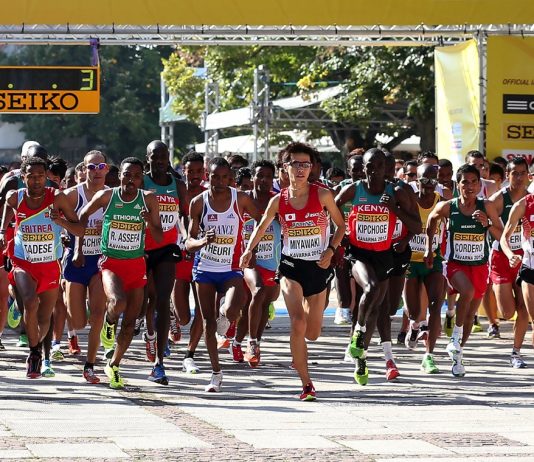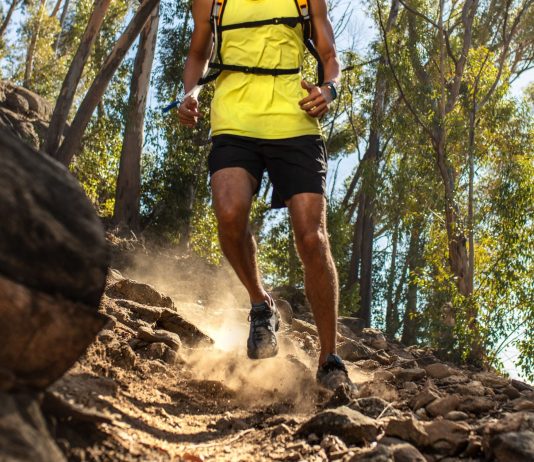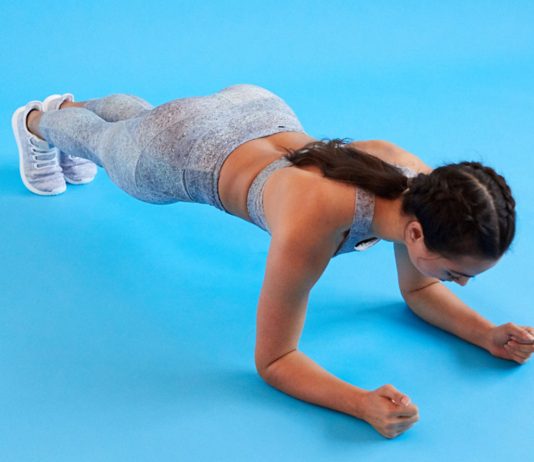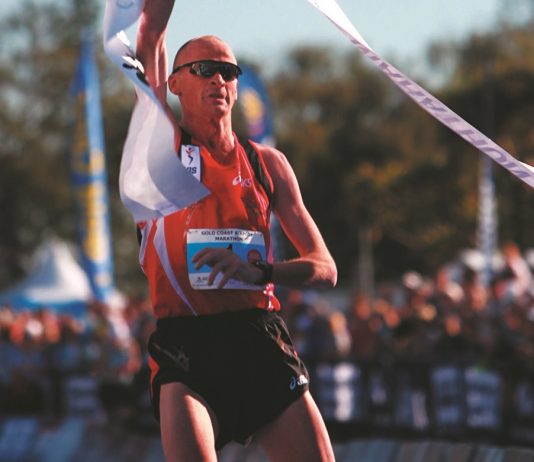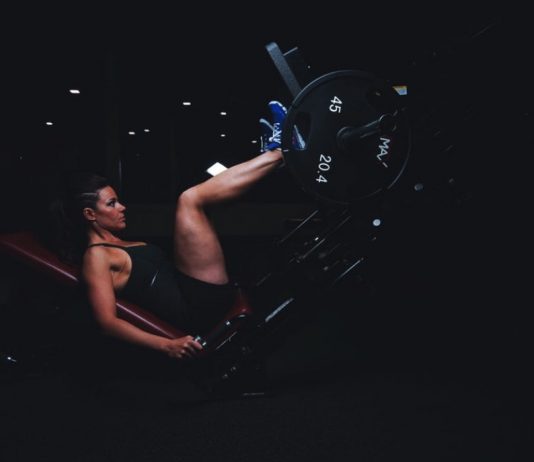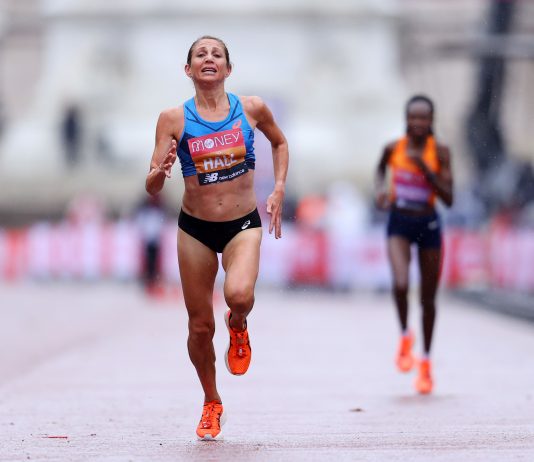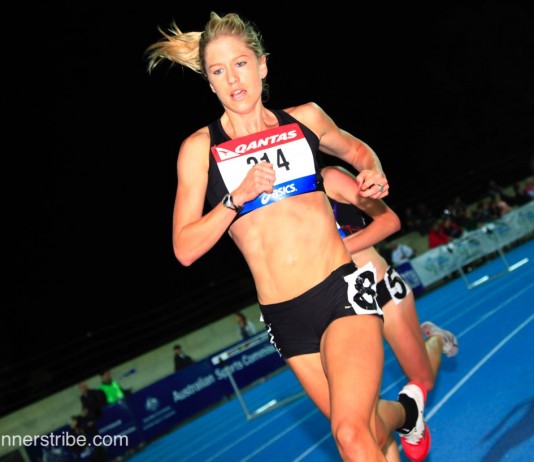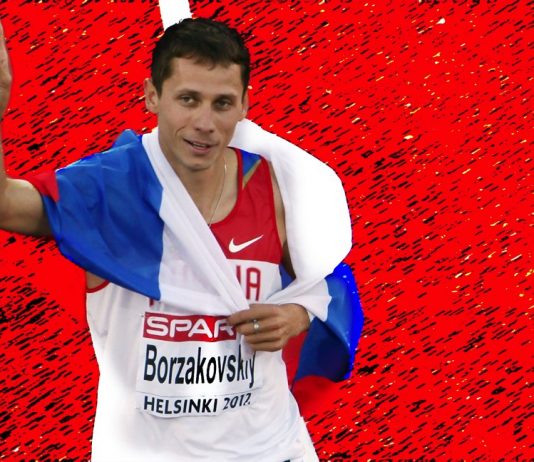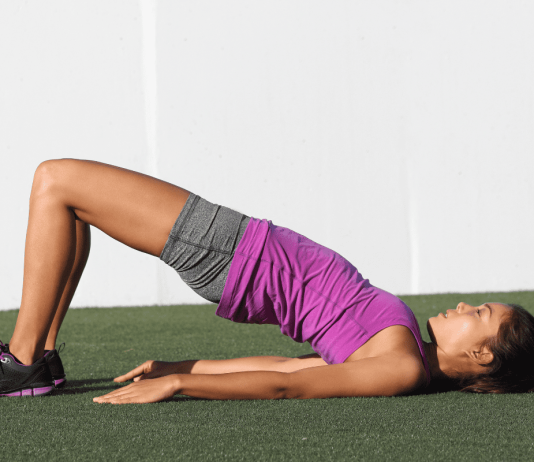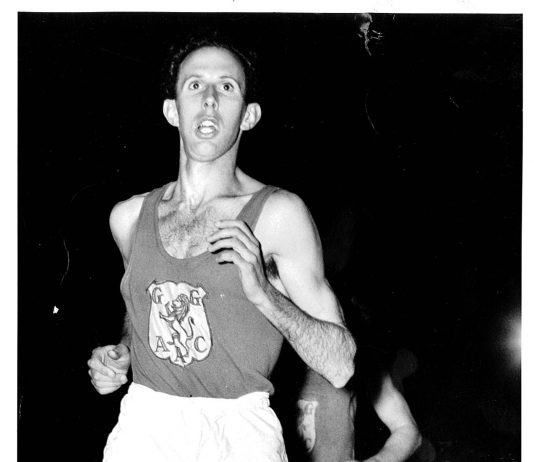Being injured or carrying a bit of pain without any clear path forward can feel incredibly isolating, especially when it’s experienced amidst genuine physical isolation. I’m sure there are people out there pushing themselves pretty hard, but I’m using this as a time to work on some weaknesses that have had me running with my foot slightly on the clutch, rather than full throttle.
I’ve often found that running is the easy part, with strength work the first thing to be let go when I’m tired, but now I see this as my chance to get back on top of things. My physio [Brad Beer] is based on the Gold Coast (about 1,100km away) but the online consults and app with all my exercises have given me some much-needed structure and accountability.
While uphill running is often prioritized in training routines, many runners overlook the importance of including downhill running exercises in their workouts. Despite being challenging, downhill running requires specific training and can put a strain on the body, especially in trail running where downhill sections can make or break races. Thus, dedicating time to downhill running is crucial for developing strong legs to power through hilly races.
Cutting-Edge Research Reveals Isometric Exercises as a Powerful Tool for Lowering Blood Pressure
Runnerstribe Admin -
In a remarkable breakthrough, scientists have discovered that isometric exercises, such as planks and wall sits, hold the key to effectively reducing blood pressure, surpassing even the government's recommended exercise guidelines.
The first occasion I recall meeting Lee Troop was when Julian Paynter brought him along for a Sunday morning run at the 1993 national championships in Brisbane.
‘Troopy’ had finished sixth in the U20 5000 metres the night before, a race won by Andrew Letherby.
By the time we got back from that run almost two hours later two things were apparent. Lee Troop could run – and he could talk.
It’s no surprise, then, that over 20 years later Troop is still running and, one way or another, he is still talking, be it as a coach, a mentor, an advocate for the sport. He was, and is, passionate about his running and articulate in expressing that passion.
Strength training has many additional benefits other than building your muscles. Many individuals think that strength training is just for men. It is not true at all. Women can also gain immense benefits from strength training. Moreover, it can help you to improve blood circulation and distribution of nutrients...
MATT FITZGERALD – Runner’s Tribe
Matt Fitzgerald is an acclaimed endurance sports coach, nutritionist, and author. His many books include The Endurance Diet, 80/20 Running, and How Bad Do You Want It?
On January, 22, 2020, five days after thirty-eight year old Sara Hall set a new American record of 1:07:15 for the half...
The below interview is thanks to Neil MacDonald, who caught up with Georgie in January 2004. With Neil’s permission, the interview has been restored so that today’s generation can enjoy reading about the teenage phenom that was Georgie Clarke.
Neil MacDonald managed the Geelong Region Cross Country team from 2000-2007.
HEY THERE,...
From the Clouds: The Career of Yuriy Borzakovskiy
Written by Sam Burke - © 2017 Runner’s Tribe, all rights reserved
“Borzakovskiy is already out of this race”.
Sebastian Coe commentating during the Sydney Olympic 800m semi-final when Borzakovskiy trailed the field significantly after one lap. Borzakovskiy went on to win the...
Strengthening Your Glutes: Unlocking Your Running Potential and Preventing Injuries
Runnerstribe Admin -
It's a common refrain for runners: strengthening the gluteal muscles is crucial, especially when seeking guidance from physiotherapists during injury recovery. But have you ever wondered about the true significance of the glutes during running? And can exercises like glute bridges actually make a difference?
Recent studies have shown that running shoes may actually be doing us more harm than good. A new review has suggested that wearing shoes changes the way we run, weakening the foot and increasing the likelihood of sports injuries. In fact, between 35 and 50% of runners are injured at any one time, with the most common injuries being to the knees, shins, ankles, and feet.







